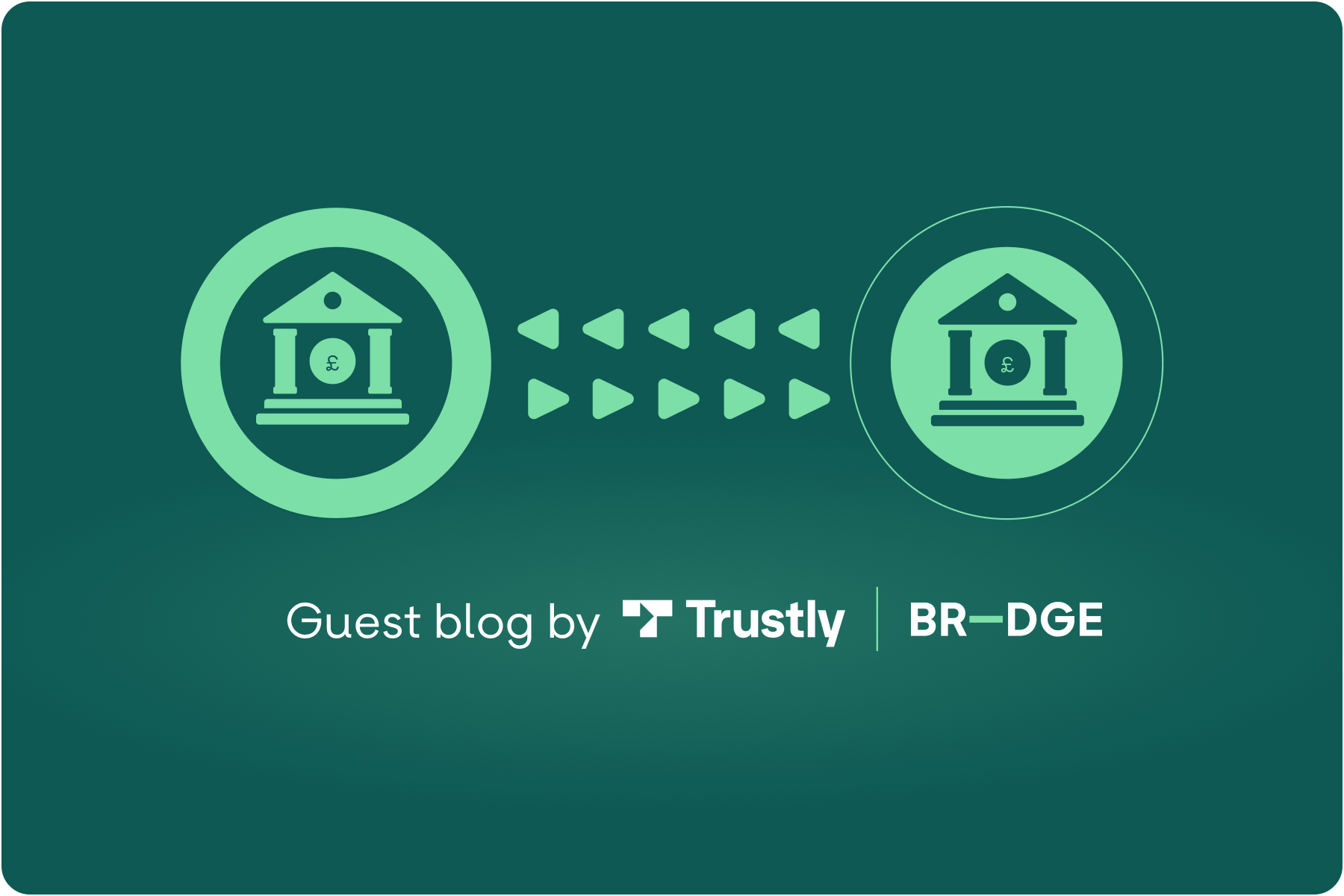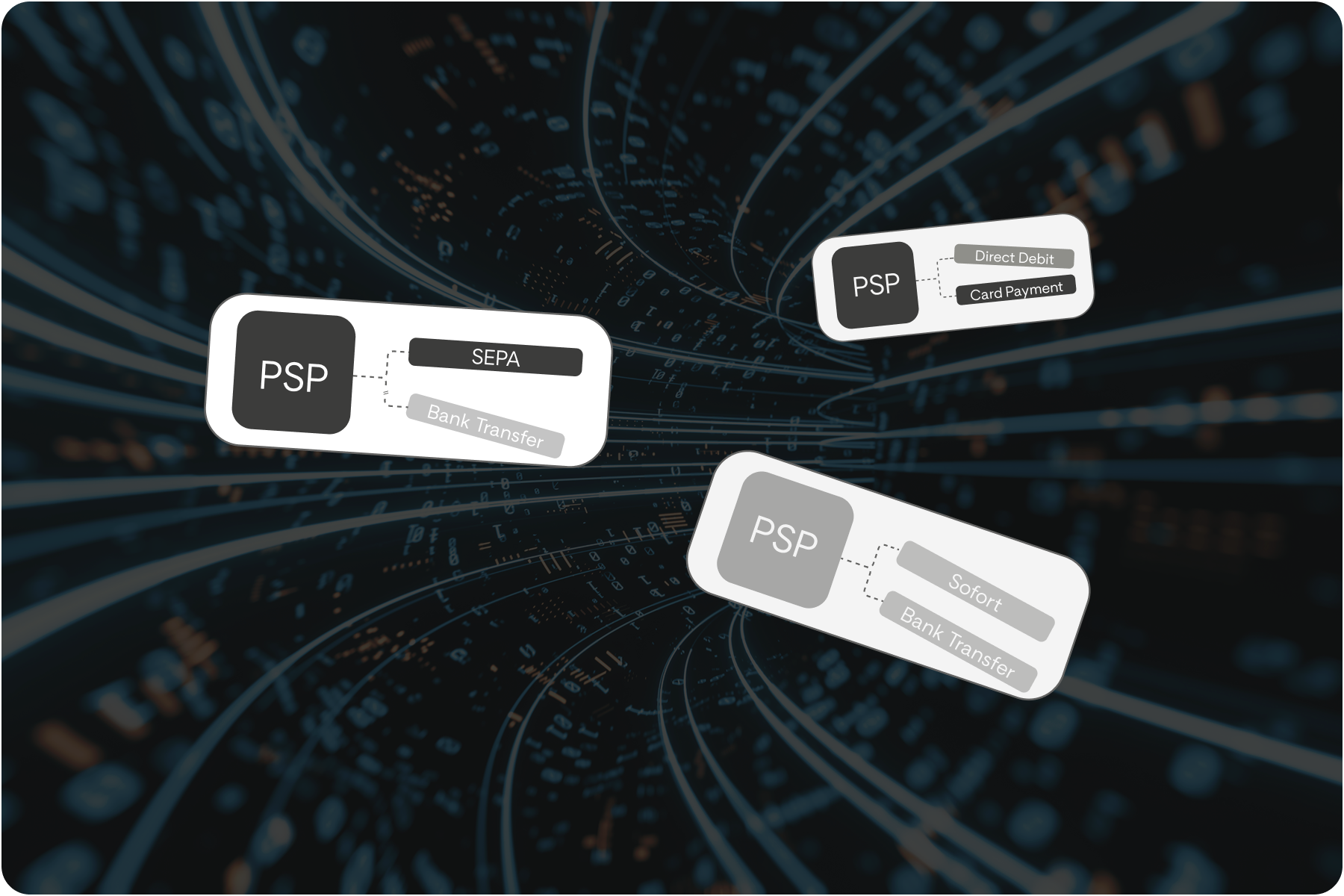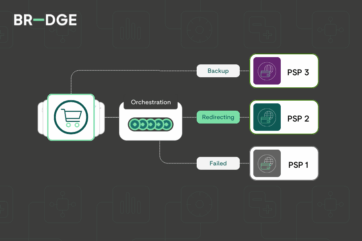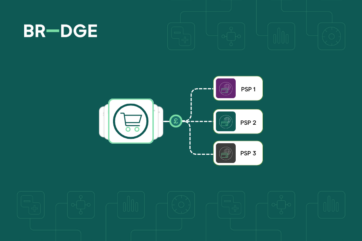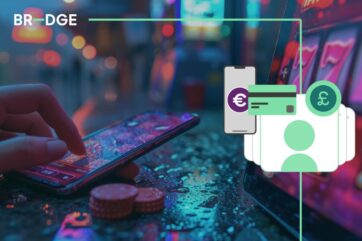
5 ways to boost payment success at the checkout

As a digital merchant driving online engagement and sales, the checkout experience is arguably one of the most important parts of your toolkit for converting new and repeat custom. In a highly competitive market, subtle differences between you and other competing sites can have a major impact on the performance of your end-to-end customer journey, and ultimate goal of securing the sale.
There has been rapid evolution throughout the payments industry over the past few years, dramatically impacting the opportunities at the checkout and how you deliver the very best experience to your customers, whilst still ensuring a cost-effective, secure payment experience. From assessing and integrating with a wealth of new payment methods, to bolstering payment security and looking at how best to optimise for new growth markets, there is a lot for you to consider. With rising consumer expectations, the challenge of the cost-of-living crisis and increasing operational costs, many merchants like you will be faced with the need to balance cost and performance.
In this article, we explore 5 ways you can boost payment performance and ultimately business performance, by making changes to your checkout.
1. Offer optionality at the checkout
As more payment methods become widely accepted, it is important that you seek to understand your customer profile and provide a selection of payment methods likely to entice your custom to complete their checkout with you. Our recent survey data highlighted that over 33% of consumers expect at least one payment method per category to be displayed at the checkout, such as a Buy Now Pay Later or Open Banking payment method, when completing a transaction (BR-DGE Consumer Survey).
Consumer preferences are forever changing due to multiple factors such as the economic climate, fierce online competition and regional differences. At BR-DGE, we speak with several merchants who are regularly asking themselves, how many payment methods do you actually need?
Optionality is ultimately about choice, but it must be relevant for your audience. These integrations can often be resource-intensive and expensive, unless working with a provider who offers solutions such as payment orchestration, so you want to serve your audience with the right payment methods to suit their individual needs. For some consumers it will be all about speed and offering e-wallets can reduce friction and make purchasing quicker, yet for others who need more flexibility will be looking for financing or instalment offerings which in turn increase purchase accessibility and often are associated with increased basket sizes.
With so much choice for online spending, consumers have such high expectations, and the customer experience needs to deliver in order for you to remain competitive. Merchants, like you, often channel heavy investment into marketing initiatives, promotions and point of sale, so it is paramount the experience does not fail at the final hurdle.
Utilising market and payments data, you can decipher what is working for your audience, to assess where to start on increasing checkout choice. Solutions such as BR-DGE payment orchestration, also offer a route to increasing Alternative Payment Methods (APMs), through extensive connectivity, mitigating time and cost challenges.
2. Offer a localised checkout
Offering optionality extends beyond a payment method for each payment category. For maximum impact out the checkout, it is important to reflect local needs. Your customers not only want to pay when they choose, but how and via which method is most suited to their local needs. Just as you would localise the language, advertising style and imagery for international audiences, you should adapt the checkout experience too.
By offering local, familiar payment methods and positioning the purchase in the relevant currency you can provide a localised checkout experience. Understanding your customers and markets are critical in this process, enabling you to serve what is relevant for your audience. Even neighbouring markets may differ dramatically, so it is important you spend time testing and investigating the right payment methods.
In recent years, innovation within finance has flourished with banks and fintechs providing new digital payment products for consumers. This has supported ecommerce growth in previously inaccessible regions and many of these emerging markets require access to a broader range of APMs to make payment.
With tools such as payment orchestration, offering a localised checkout can be easily trialled for different markets. Utilising routing technology, you can ensure the right checkout experience launches in the right market every time. With a wealth of connectivity, you can not only innovate at speed, but test and trail new localised offerings to find the best solution for your target markets, boosting overall payment success.
3. Optimise checkout security to reduce friction
With elevated ecommerce traffic comes the inevitable challenge of battling fraud. As a digital merchant you want to provide your customers with a secure online experience, but this is becoming increasingly challenging with sophisticated fraud and targeted activity online.
Fraud prevention measures and payments go hand-in-hand, however the challenge is how you continue to deliver a frictionless, compelling customer experience with the right level of security to deter fraudulent behaviour. Recent survey data highlighted that over 60% of consumers will only spend 5 minutes or less before abandoning their basket (BR-DGE Consumer Survey), so it is imperative your security measures do not detract from the overall pleasant shopping experience.
There are a number of ways merchants are pioneering a positive and secure checkout experience for their customers, utilising the latest fraud technology on the market. With third party integrations from solutions such as Sift, Kount, Accertify and more, you can improve authentication and security checks without running the risk of losing customers in the process. However, there is more.
When surveyed, many consumers were concerned about the look and feel of the checkout experience and felt reassured by relevant awards, certifications and fraud security measures visibly as part of the checkout screen process. Over 63% of those surveyed were further worried about the security of their personal details during the checkout process (BR-DGE Consumer Survey, 2023) and the latest innovations in Network Tokenisation are now being rolled out to provide an added layer of security behind the scenes, ensuring card data is encrypted for the end-to-end payment process.
Network Tokenisation is where the primary account number (PAN) is replaced by a unique EMV (payment scheme) token, restricted to only be used by a certain device, merchant, transaction type or channel. By utilising Network Tokens instead of proprietary (or Gateway) tokens, partners and merchants can ensure that card details are protected throughout the entire transaction lifecycle whilst also offering features such as lifecycle management to ensure the card details on file are almost the most up-to-date. This additional security measure further minimises data breach exposure and typically yields higher authorisation rates. When combined with fraud tools, this enables you to offer a highly secure, streamlined checkout experience.
To boost your payment success, you may consider looking at fraud tools that address your specific needs and many merchants we speak to are considering the integration of a network token solution alongside to provide the best customer journey through to conversion, whilst boosting authorisation rates and minimising risk.
4. Increase resilience to maximise conversions
It is important as a digital merchant to have security measures in place to prevent fraudulent transactions proceeding, however often a proportion of genuine business can fail to process, be it due to technical issues or system errors. In order to effectively transact online, you rely on your network of payment partners to capture and process your payments, however these relationships need to be efficiently managed to ensure high authorisation rates, technical errors are mitigated and ultimately the customer receives a positive experience.
Over 30% of customers blame the merchant for payment failures (BR-DGE Consumer Survey), despite the fact this is often out of your control. It is therefore imperative you have a robust and resilient behind the scenes solution in place to manage technical challenges like this. Implementing an intelligent piece of middleware, such as BR-DGE, enables you to dynamically manage your relationships with providers. With BR-DGE Optimise you can design and deploy workflows that are highly resilient with technical failover capabilities and load balancing, to ensure during peak trading you can continue to deliver an exceptional customer experience.
We have seen success with clients such as FirstGroup, who have captured over 6% of lost revenue by putting a technical failover workflow in place. With a robust and resilient back-end process in place, you can boost payment success and mitigate inaccurate failures.
5. Utilise data and insights to build a benchmark to improve upon
Understanding how to boost your payment performance ultimately comes down to knowing how you are performing today and the areas for improvement, therefore it is the data that is critical in giving you that 360-degree view.
With a consolidated view of your payment performance data, you are able to analyse peak trading, performance patterns, areas of weakness or technical failure, and build a clear picture of your target customer profiles and how they interact with your online shopping experience. This insight can help you to shape some of the other suggestions we’ve explored in this blog, from optimising the checkout to include the right payment methods or building out a more resilient payment workflow with technical failover capabilities.
At BR-DGE, we support merchants to address key trends and opportunities that are found through access to accurate, real-time reporting and insights. Often payment data can be notoriously difficult to collect, aggregate and analyse in real-time, due to many merchants like you utilising multiple systems to complete the payment process. With tools such as payment orchestration now available on the market, you can start to centralise your payment performance reporting and build dashboards of critical metrics, which allow you to adapt and evolve in real-time.
In summary
In this highly competitive digital landscape, battling the cost-of-living crisis and increasing operational costs, all ecommerce merchants are faced with optimisation challenges to survive. By applying some of the tactics we’ve discussed today, from optimising the checkout for your customer profile, mitigating fraud and building greater resilience within your payment workflows, you could positively boost your payment performance for greater success.
If you are looking for a partner to support you in delivering these changes or are curious about the authorisation uplift and cost management benefits of payment orchestration, get in touch with one of our BR-DGE Builders >>
Related content
